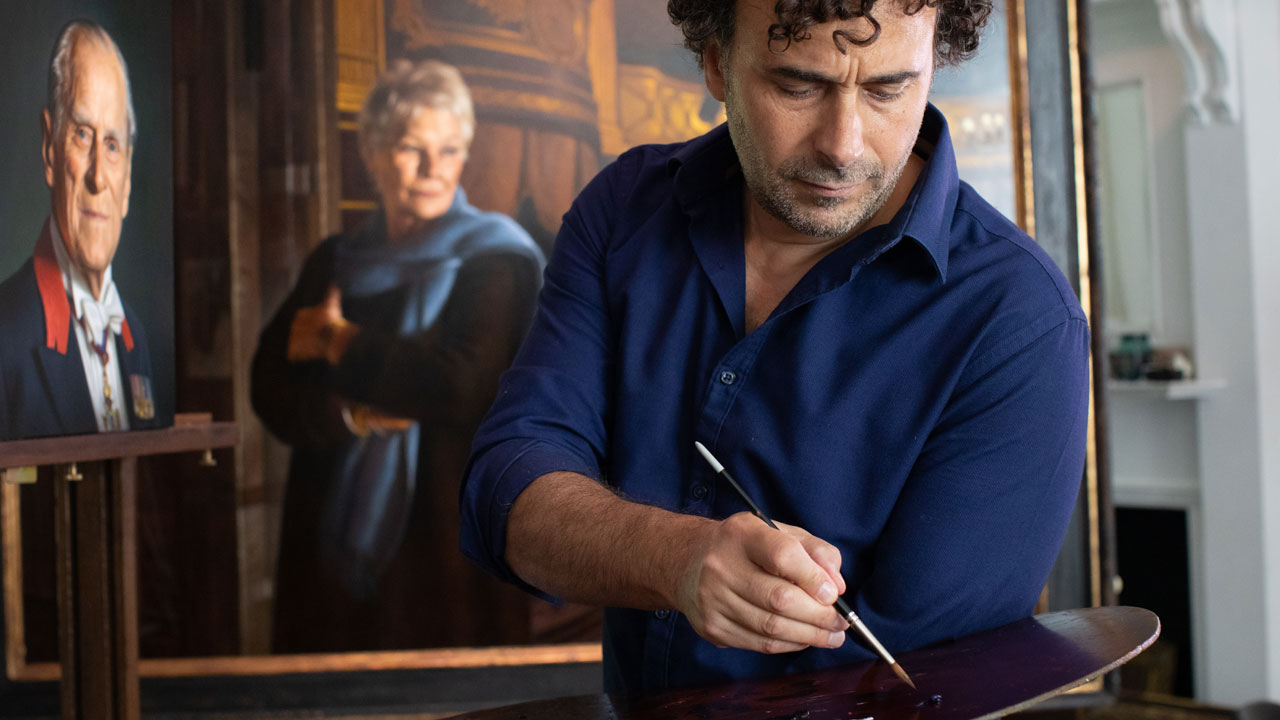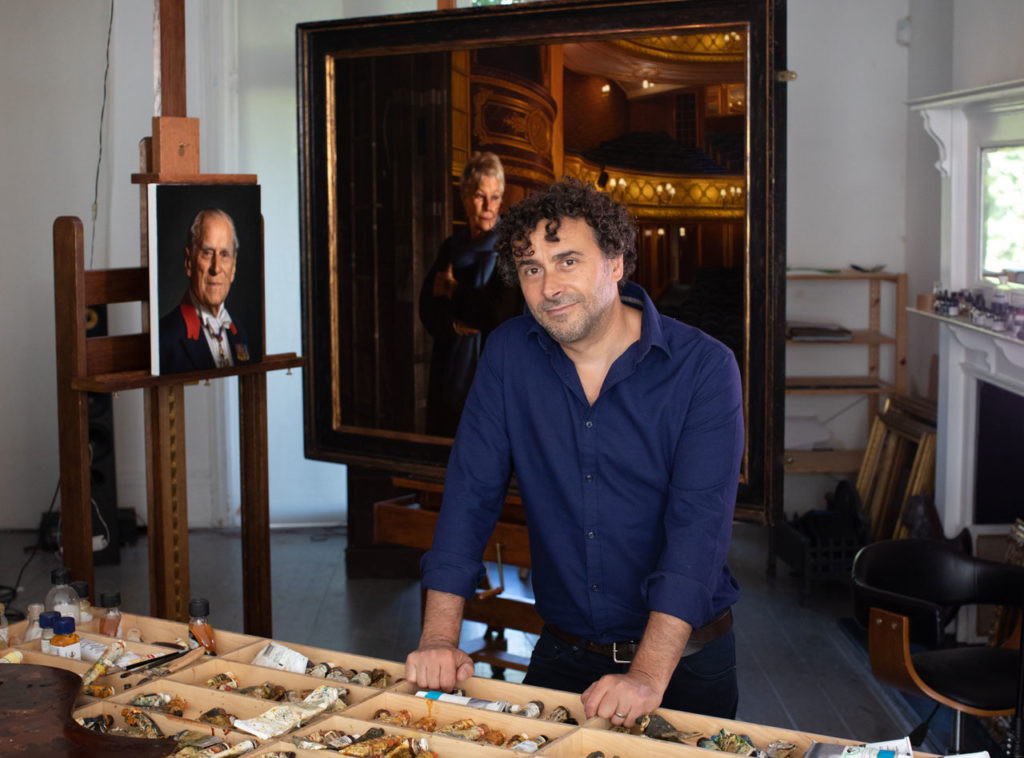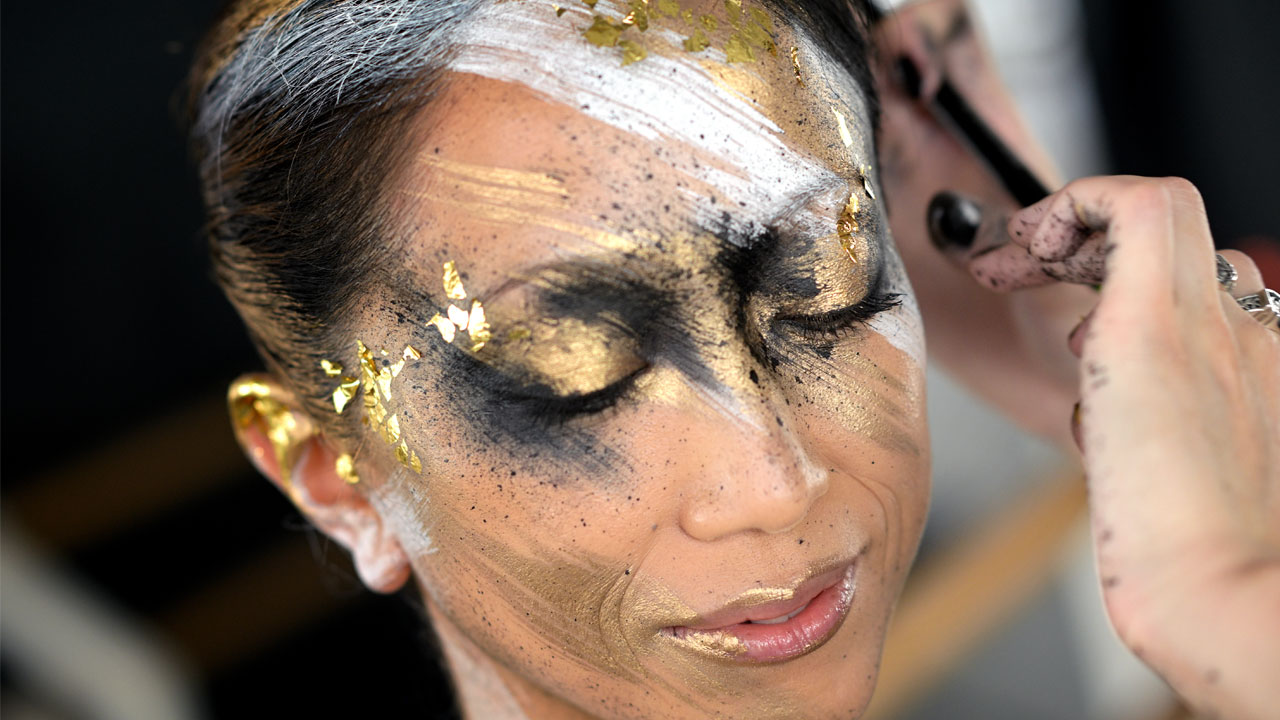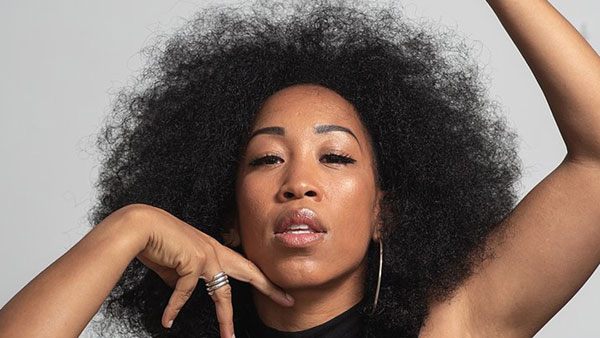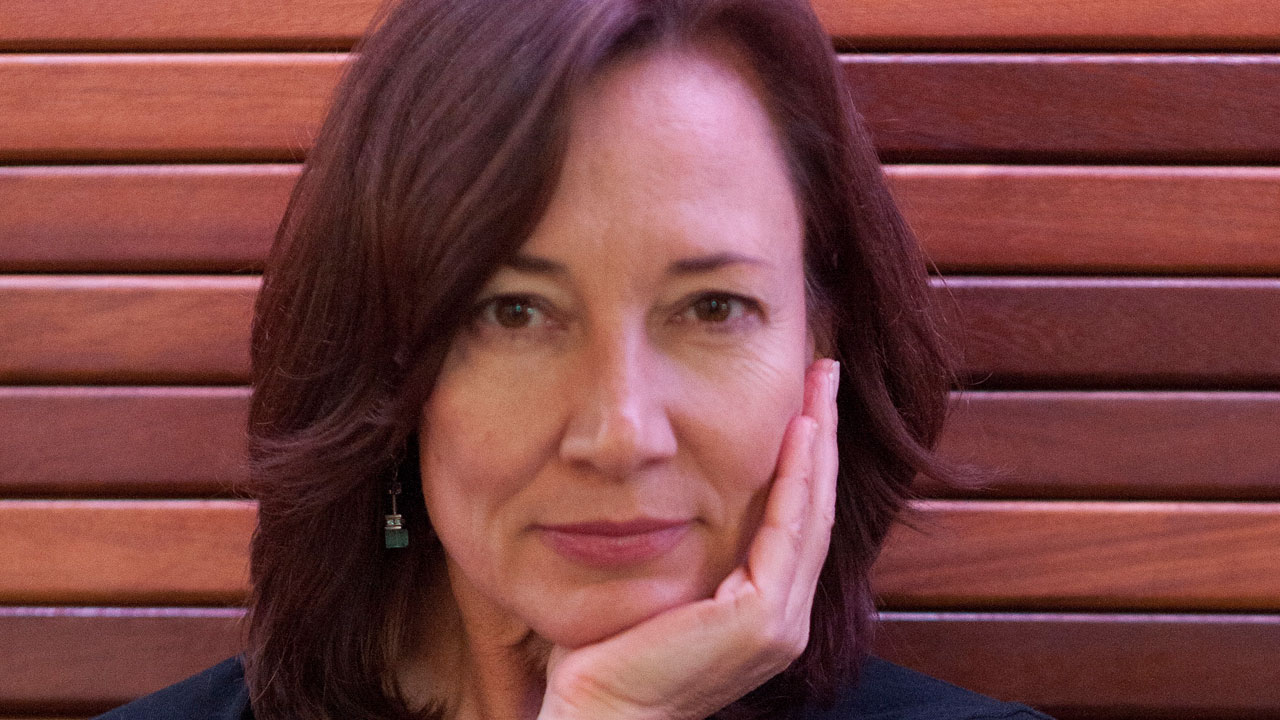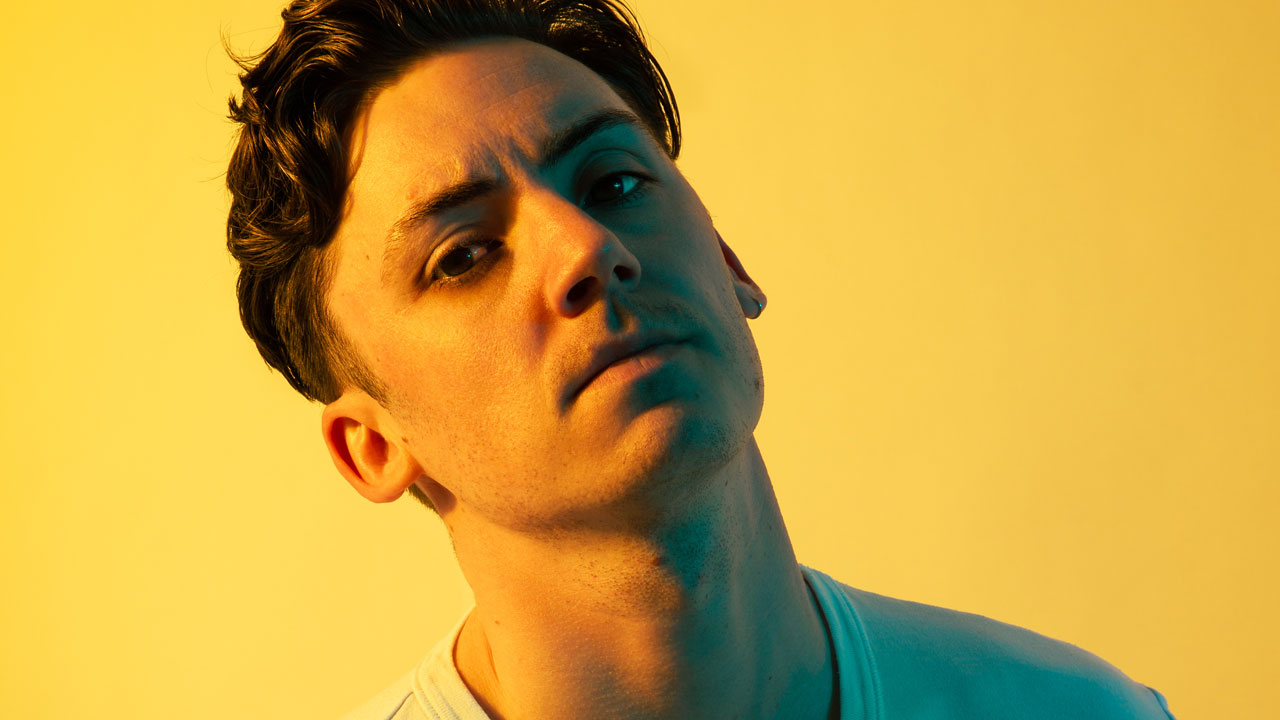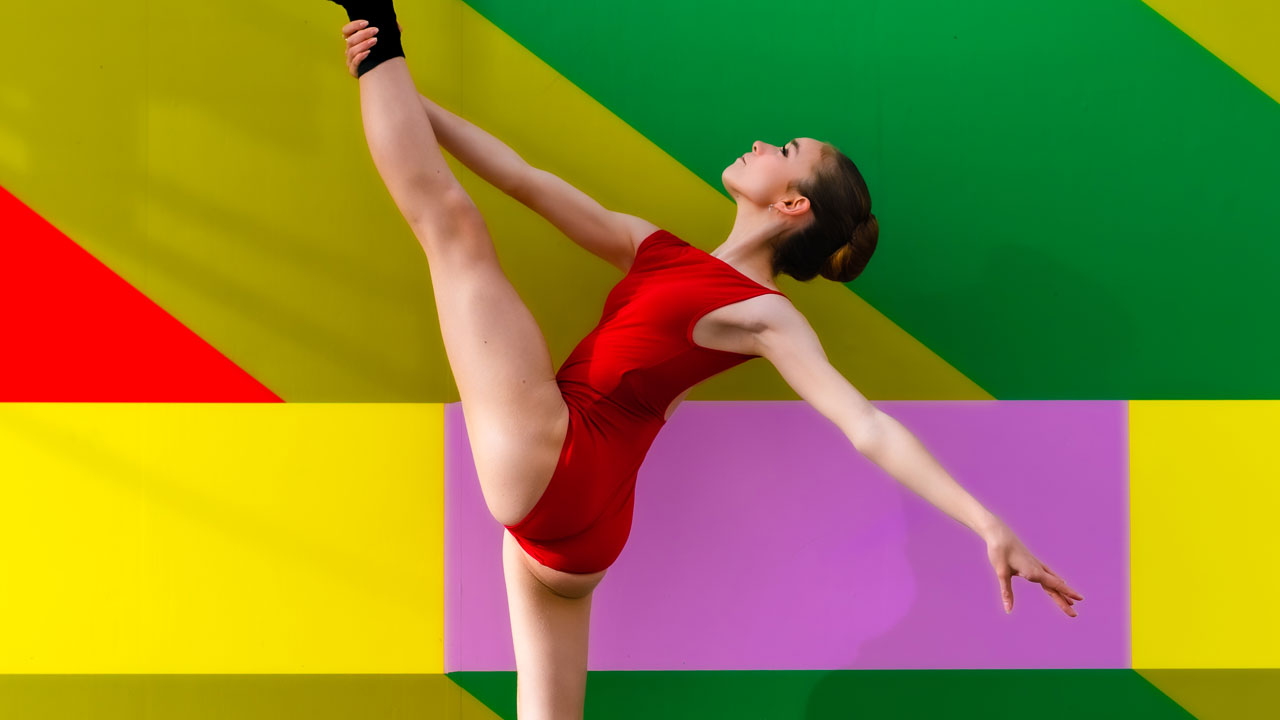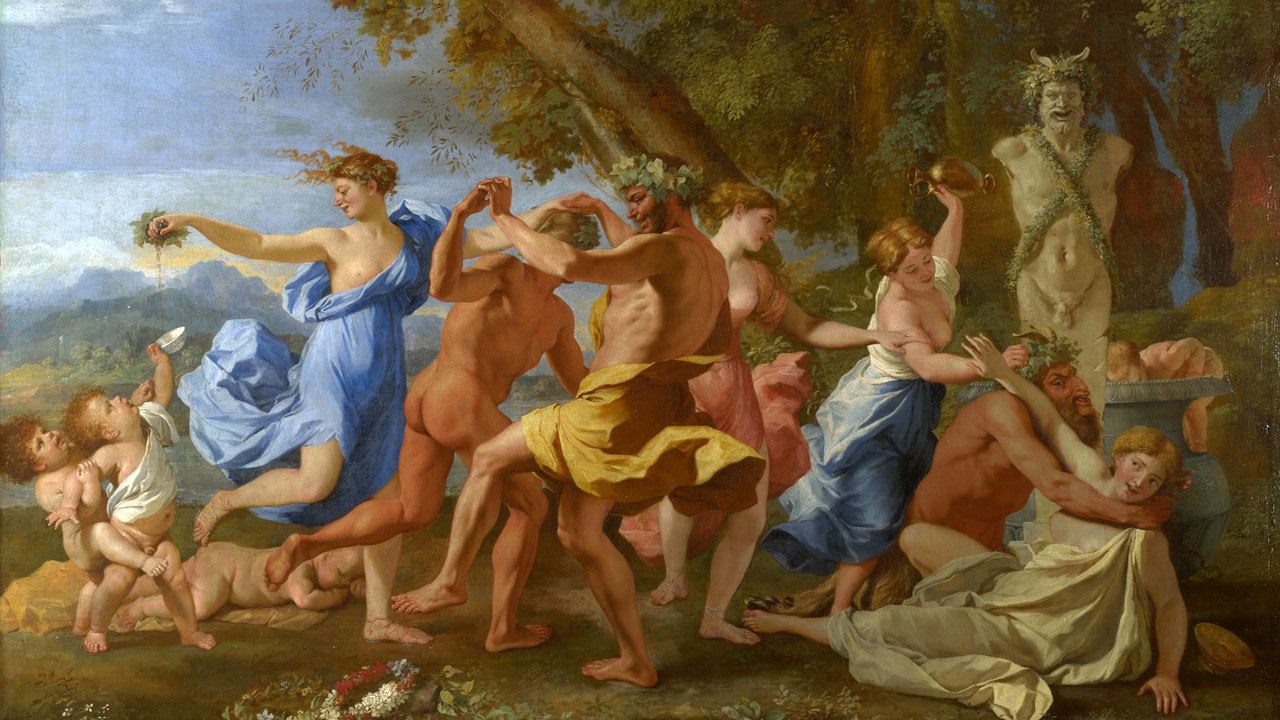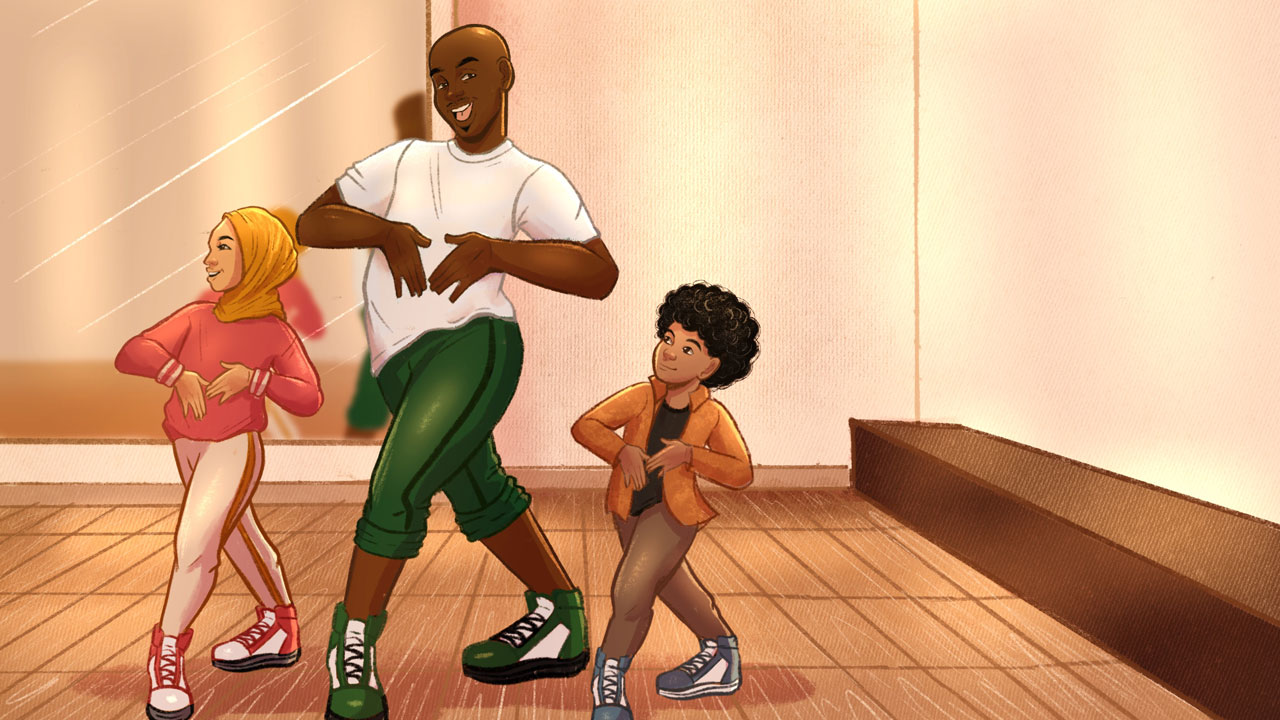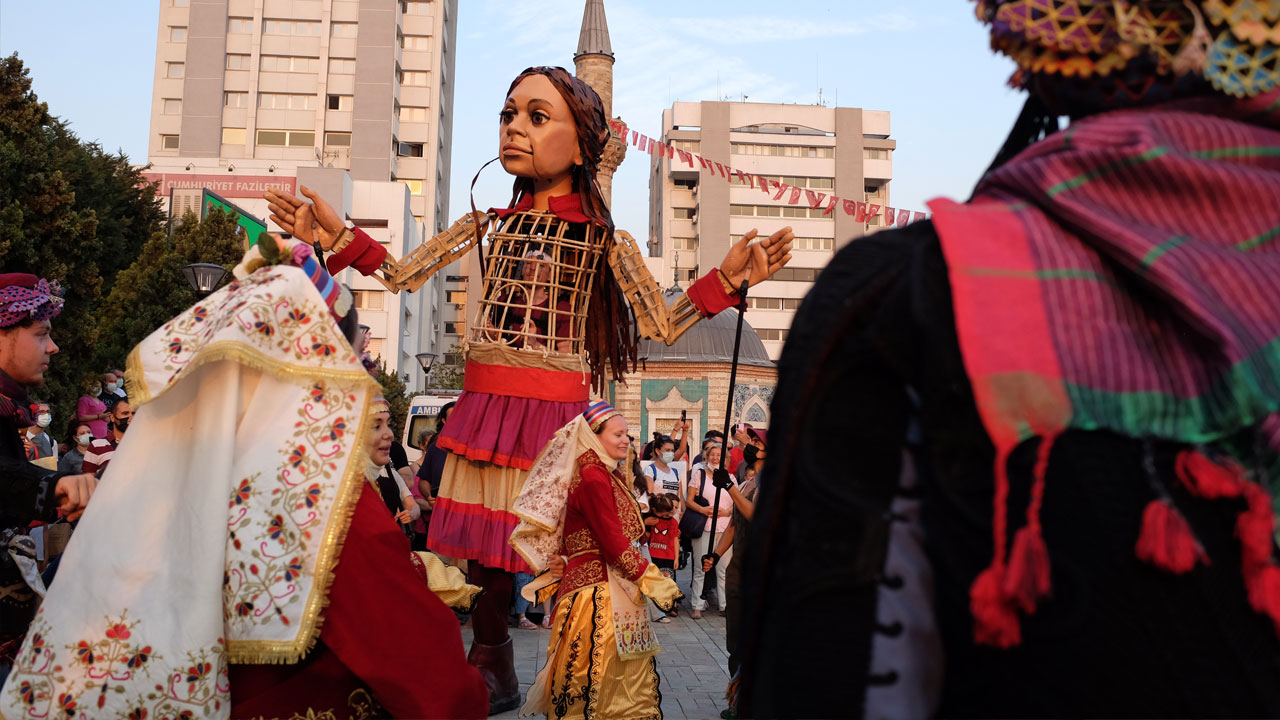A young woman in a big blue hat gazes out at the world, a slight smile playing across her face. Her hands are folded in her lap but everywhere is a sense of movement, not least in the bright brushstrokes and the vivid personality that seems to break out of the frame, singing down the years since it was painted around 1928.
Jacques-Emile Blanche’s portrait of the Russian ballerina Tamara Karsavina, co-founder of the RAD, will hang in the Academy’s new headquarters, opposite a new, yet to be commissioned painting of another of the founders, the distinguished dancer and teacher Adeline Genée. Two great figures of the past will look benignly down on the present and far into the future.
Their presence will evoke not only the importance of ballet history to new generations, but also the importance of portraiture itself. Since the invention of photography, there’s been a feeling that the painted and sculpted portrait might eventually die. Why try to catch a personality in oils, pastels or pencil, when their likeness can be recorded for posterity in pixels? Yet painted portraits have resolutely clung on, their timeless quality preserving their appeal.
For Ralph Heimans, ‘portrait prizes still attract huge interest, and portraiture remains continually contemporary, because we as human beings are fascinated by other human beings. A portrait is ultimately somebody seen through the eyes of the artist, a process of human interpretation. It’s a unique process.’
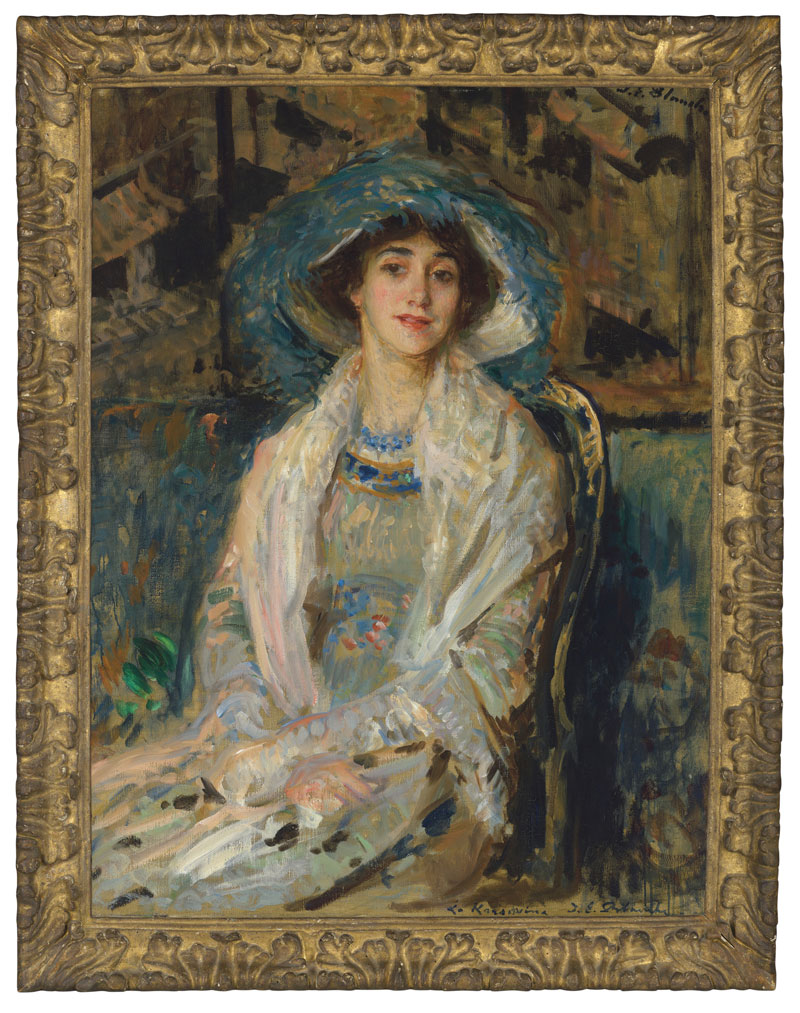
Ralph Heimans in his studio. Photos: Ali Wright for Dance Gazette
‘To make every portrait fresh, you submerge yourself in their world’
Ralph Heimans
Heimans, who will be a judge in the RAD’s portrait artist competition (see box), has made his reputation and his living as a portrait artist since studying mathematics and architecture at university. ‘My lecturer in the history of architecture was the first commission I painted,’ he says. The Australian has built up an impressive portfolio of commissions; he is a specialist in portraits of royalty, including what turned out to be the final portrait the Duke of Edinburgh sat for. His realistic style in oils is deliberately based on the old masters, but he has also developed his own narrative approach.
‘I like to find settings that are very expressive, almost like an extension of the subject’s character,’ he explains. For the painting of Prince Philip, he placed him in a corridor at Windsor Castle, near rooms where his mother and grandmother were born and chose a pose that captured HRH’s legendary impatience, his desire to be somewhere else.
‘To make every portrait fresh, you draw inspiration from the subject’s life, so you submerge yourself as much as possible in their world,’ Heimans says. ‘I seek a poetic idea at the foundation of the portrait.’ For his painting of Judi Dench, he chose the setting of the Haymarket Theatre, because it brought back memories of her early days on stage. ‘There’s a sense in which she’s looking back at these memories.’
Heimans is clear that an important ingredient for any portrait painter is empathy. ‘How you connect with the subject is key,’ he says. ‘A painting is all about the experience of painting that person, how they move, how they talk, how you think they feel, how you feel. All that has to come through in the painting.’ This is why, even in a static setting, portraits of performers can be unusually vivid. ‘Da Vinci said that the person’s soul was reflected in their movements,’ Heimans says. ‘As a portrait painter you have to be aware of the subtlety of body language and what that says about a person.’

‘No one is exactly who they think they are’
ISHBEL MYERSCOUGH
This quality of interaction over a period of time distinguishes a portrait from a photograph, which reflects a particular moment. Although Heimans’ style could not be more different from the artist Ishbel Myerscough, their concept of portraiture is remarkably similar.
‘All portraits are about the person doing the portrait as much as about the subject, but you have a duty to try to see who that person is as much as you can,’ she says. ‘I used to think when I was young that if you looked hard enough, then maybe you could see inside the person. You are trying to see all the tiny nuances and listen to what they say.’
Like Heimans, she immerses herself in her subject’s worlds, trying to learn as much as possible before she begins. ‘It’s a sort of multi-layering,’ she explains, ‘trying to understand how the world perceives them, how they perceive the world, how I see them. No one is exactly who they think they are.’
Myerscough trained at the Glasgow School of Art and the Slade, winning the BP Portrait competition at the National Portrait Gallery in 1995. Her early success resulted in commissions to paint Graham Gooch, the cricketer, the actor Helen Mirren and singer Willard White, among others. ‘Willard was incredibly theatrical,’ she says. ‘But I always like going to people’s houses because then you see this other side. I’d see his wife and children, how he reacts. He never sang in front of me, but I could hear him singing on the stairs. Then you watch them performing so you see the public image. Then you try to layer all that into the painting.’
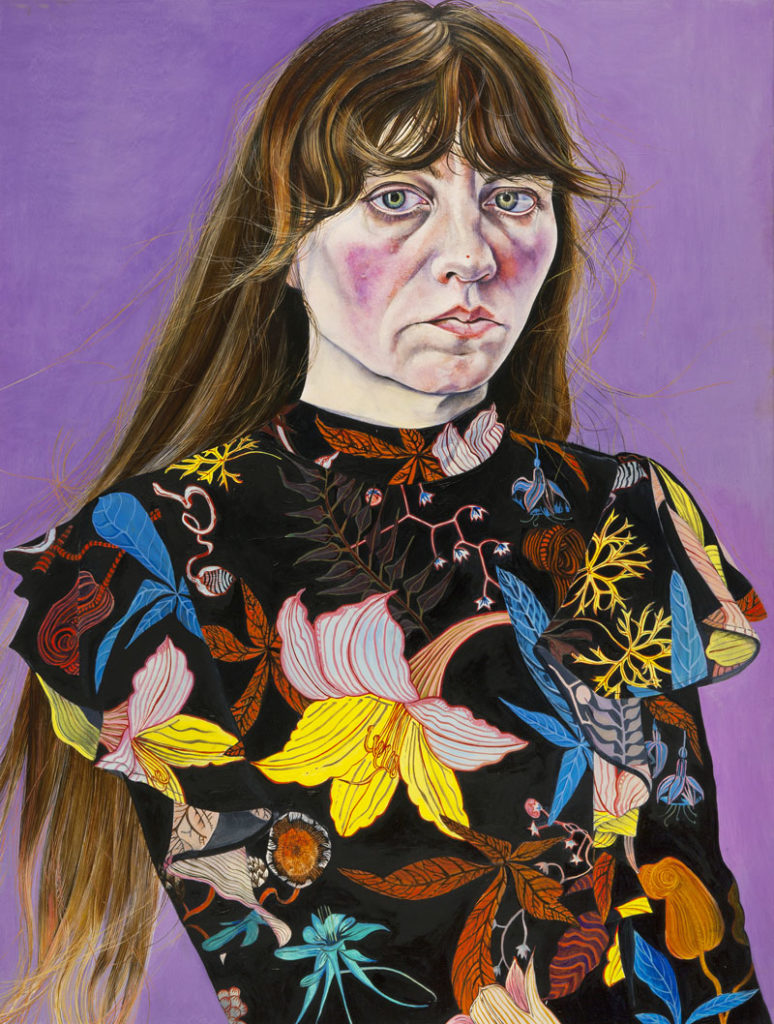

But her meticulous, highly detailed style was sometimes controversial; the portrait of Gooch, so different from traditional, idealised paintings of sportsmen, initially caused a great furore. ‘In my desperation to immerse myself, I didn’t realise I was being quite harsh on people,’ she says, with a laugh. ‘It turned out you had to be quite a brave person to be painted by me.’ Helen Mirren had the necessary courage – and liked the final result. ‘She said, there are so many photographs of me, I don’t care what you make me look like. She was very freeing.’
This balance between truth as the artist sees it and how the subject sees themselves is a tricky one. But all portrait painters recognise it is important not to allow a likeness simply to be the one the subject wants to see. ‘If you try to paint what they want, it’s a disaster,’ says Heimans. ‘It never works. You have to paint how you see them for the portrait to be truthful. If it’s not truthful it’s just instantly apparent to everybody.’
‘When Acosta is talking, it’s all about gesture, about movement’
Curtis Holder
‘People have an idea of what having their portrait done consists of,’ says Curtis Holder, the most recent winner of Sky Arts’ immensely popular Portrait Artist of the Year award. ‘They’re usually anxious and a bit nervous. For the artist, it’s about getting rid of that.’
Holder’s portraits are drawn rather than painted. He trained as a graphic designer and worked for a long time as a primary school teacher, but has been drawing people his whole life; entering the television competition was a way of pushing himself into turning his passion into a profession. ‘My drawing is hinged on an emotional drive,’ he says. ‘I know that my marks resonate when I have an emotional connection with the subject matter.’
His prize was a commission to create a portrait of Carlos Acosta, which now hangs in the Birmingham Art Gallery. A dream assignment, he took the decision to catch Acosta in movement, as if awakening from a dream. This wasn’t entirely to do with portraying him as a dancer. ‘It doesn’t matter whether that man is dancing or not,’ he explains. ‘When he‘s talking to you, it’s all about gesture, about movement. The way he moves is an extension of his vocal expression. I could have drawn him while he was talking about putting ikea furniture together, and he would have moved and had the same rhythm. That is what I wanted to catch.’
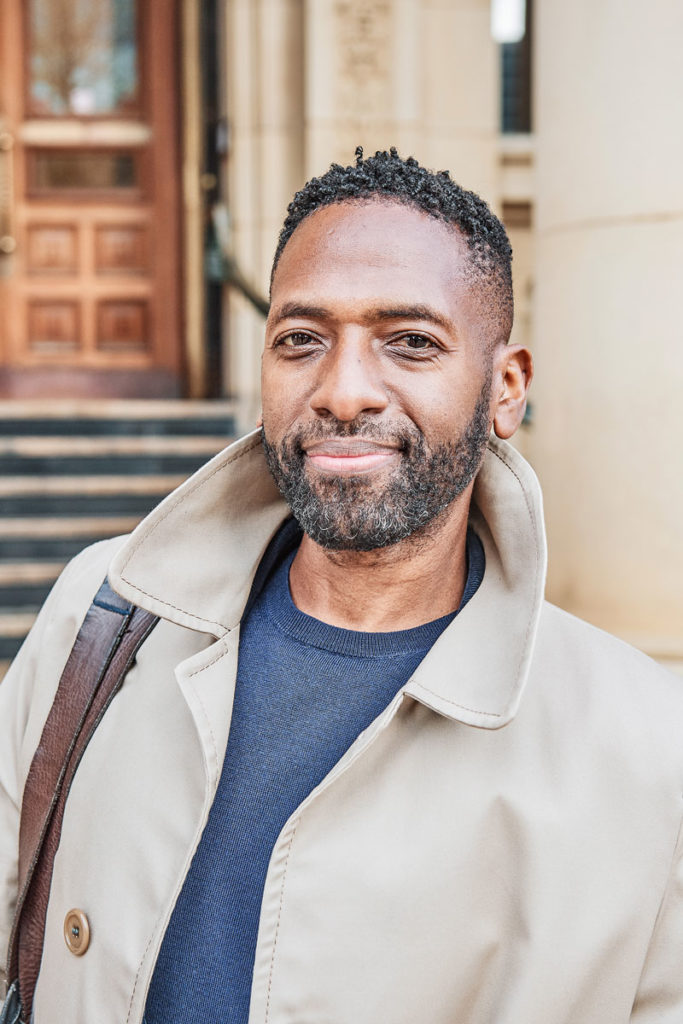

As far as Holder is concerned, everyone has a rhythm. ‘When you talk to people about things that matter to them, you feel it.’ But he often uses dancers as models because ‘the communication between their psyche and their physicality is seamless. Moving, to someone who dances, is like us talking.’
For him, this expresses the essence of portraiture. ‘Its value is about its innate ability to capture more than a single moment. I want to create something that people will need to come back to, to discover more. The value of a portrait is that it continues to ask you questions. A portrait is more than the sum of its parts.’
RAD portrait competition
Budding artists from across the UK are invited to enter the RAD’s portrait competition to celebrate the opening of its brand-new global headquarters in spring 2022.
Entrants are asked to submit a portrait proposal of founding RAD member and ballet pioneer Adeline Genée, giving her the recognition she richly deserves. The winner, announced in January 2022, will be commissioned to create a painting to hang prominently in the new building.
Darcey Bussell, RAD President, says, ‘What better way to mark this exciting moment in the RAD’s history, than with the launch of a new portrait prize? I can’t wait to see the exceptional and creative works that our founding member Dame Adeline Genée inspires.’
Further details to be announced soon at www.royalacademyofdance.org
Sarah Crompton is a writer and broadcaster. With Leanne Benjamin she wrote Leanne Benjamin: Built For Ballet, published by Melbourne Books.

